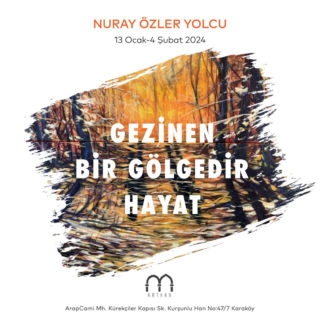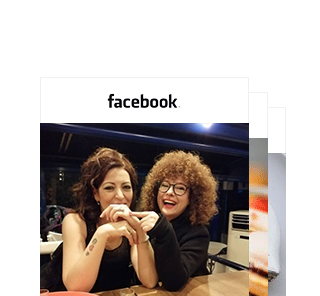WRITER: ANİLA LOCA
# Why I Love Art Psychology
Art psychology is a fascinating field that combines two of my greatest passions: art and
psychology. It explores the intersection between artistic expression and the human mind,
providing insights into the emotional, cognitive, and social aspects of art.
Here are a few reasons why I love art psychology:
## 1. Understanding the Power of Art
Art has a unique ability to evoke emotions, provoke thoughts, and communicate ideas. Through
art psychology, I can delve deeper into the psychological processes behind these effects. I get
to explore how art influences our perceptions, emotions, and behaviors, and how it can be used
as a therapeutic tool for self-expression and healing.
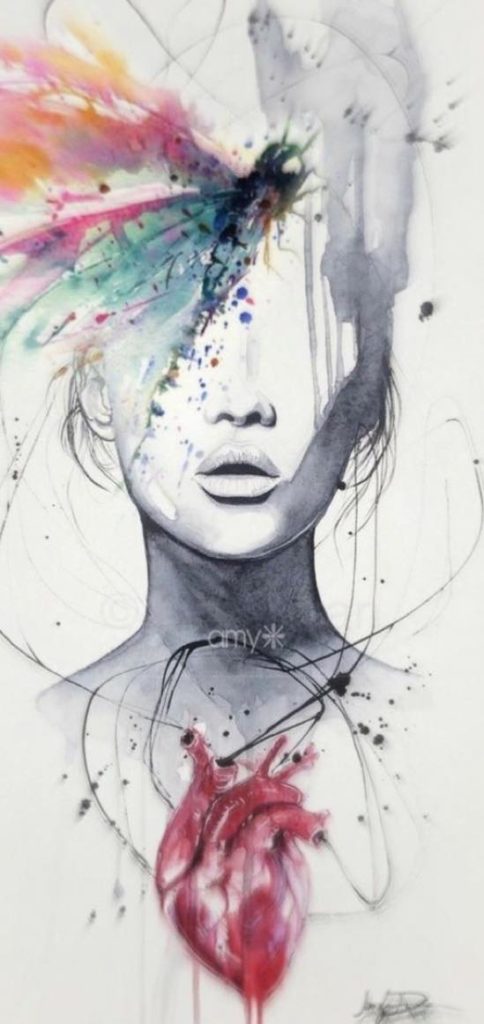
## 2. Exploring the Artist’s Mind
Art psychology allows me to gain a deeper understanding of the artist’s mind. I can analyze the
motivations, inspirations, and creative processes behind their artwork. It’s fascinating to uncover
the hidden meanings, symbolism, and personal experiences embedded in a piece of art. This
knowledge enhances my appreciation for the artist’s work and helps me connect with it on a
deeper level.
## 3. Studying the Impact of Art on Viewers
Art psychology also focuses on the viewer’s experience and the impact of art on individuals and
communities. I can explore how different people interpret and respond to art, how it can evoke
empathy and foster social connections, and how it can challenge societal norms and provoke
critical thinking. This knowledge helps me appreciate the diversity of perspectives and
understand the broader societal implications of art.

## 4. Applying Art in Therapy and Education
One of the most exciting aspects of art psychology is its practical applications. I can learn about
art therapy techniques, which use art as a means of expression and healing in therapeutic
settings. I can also explore how art can be integrated into educational settings to enhance
learning, creativity, and self-expression. This knowledge opens up opportunities to make a
positive impact in people’s lives through the power of art.In conclusion, art psychology combines my love for art and psychology, allowing me to explore
the psychological aspects of artistic expression, gain insights into the artist’s mind, understand
the impact of art on viewers, and apply art in therapeutic and educational settings. It’s a field
that continuously inspires and fascinates me, and I am grateful to be able to study and
appreciate the intricate relationship between art and psychology.
# Art and Cognitive Processes
Engaging with art goes beyond mere visual appreciation; it also stimulates various cognitive
processes that contribute to our overall mental development. From perception and attention to
memory and creativity, art has the power to enhance critical thinking, problem-solving skills, and
imagination. Furthermore, the interpretation and analysis of art require cognitive processes such
as pattern recognition and symbolic understanding. In this article, we will explore how art
influences these cognitive processes and why it is essential for our cognitive development.
## Perception and Attention
When we engage with art, our perception and attention are heightened. Artworks often contain
intricate details, colors, and compositions that capture our attention and require us to observe
and analyze them closely. By focusing on these details, our perceptual abilities are sharpened,
allowing us to notice subtleties and nuances that we might have overlooked otherwise.
Moreover, art can challenge our perception by presenting unconventional or abstract
representations, forcing us to think beyond our usual frameworks and expand our cognitive
horizons.
## Memory
Art has a unique ability to evoke memories and emotions. Certain artworks can trigger personal
associations and memories, transporting us back to specific moments in our lives. This
connection between art and memory is not only nostalgic but also beneficial for our cognitive
processes. By engaging with art that resonates with our memories, we exercise our memory
retrieval and consolidation abilities. Additionally, art can serve as a mnemonic device, helping us
remember historical events, cultural symbols, and artistic movements.
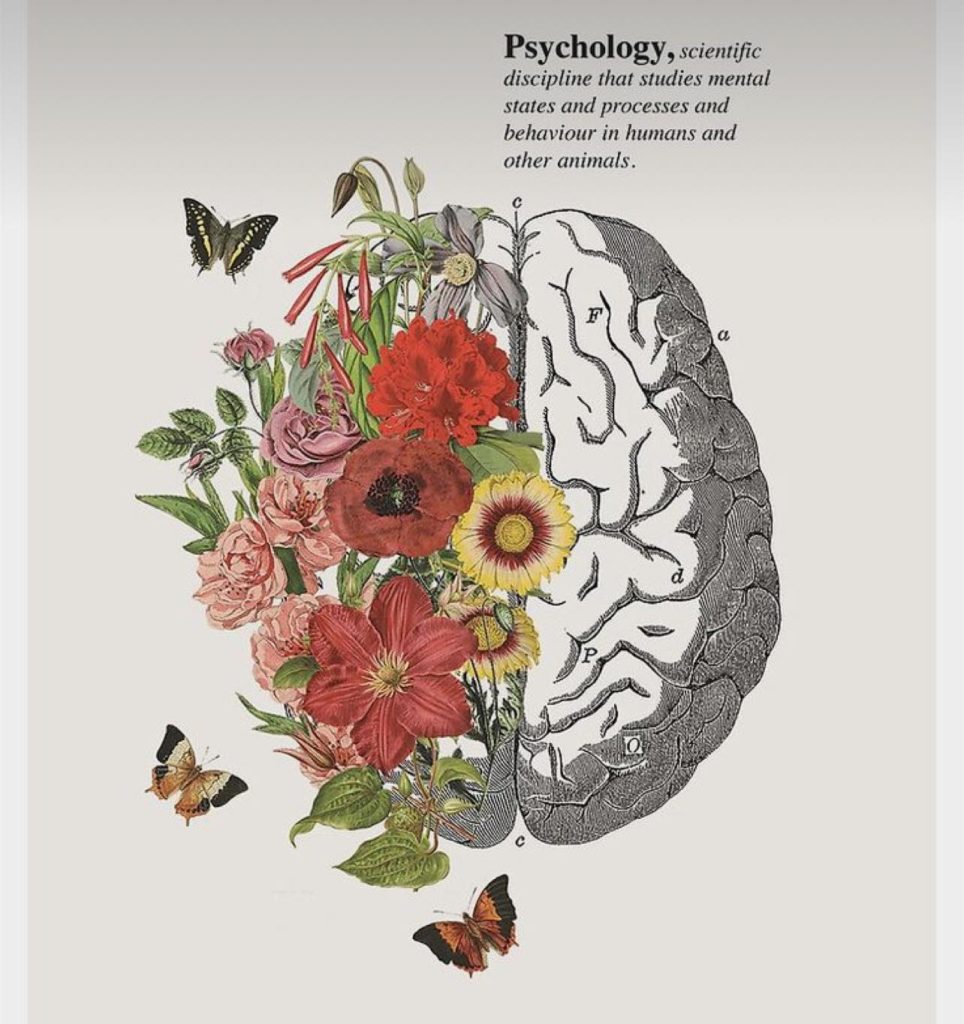
## Critical Thinking and Problem-Solving
Art encourages critical thinking by challenging us to analyze and interpret its meaning and
symbolism. When faced with a piece of art, we are prompted to think critically about its
composition, subject matter, and the artist’s intention. This process involves evaluating different
perspectives, considering historical and cultural contexts, and making informed judgments. By
engaging in this critical thinking process, our problem-solving skills are honed, as we learn to
approach complex situations with an open mind and a willingness to explore multiple
possibilities.
## Imagination and CreativityArt is a powerful catalyst for imagination and creativity. When we engage with art, we are
exposed to new ideas, perspectives, and possibilities. This exposure stimulates our imagination,
allowing us to envision alternative realities and explore uncharted territories. Artistic expression
also encourages us to think creatively, as we are inspired to experiment with different mediums,
techniques, and styles. By nurturing our imagination and creativity through art, we develop the
ability to think outside the box and find innovative solutions to problems in various aspects of
our lives.
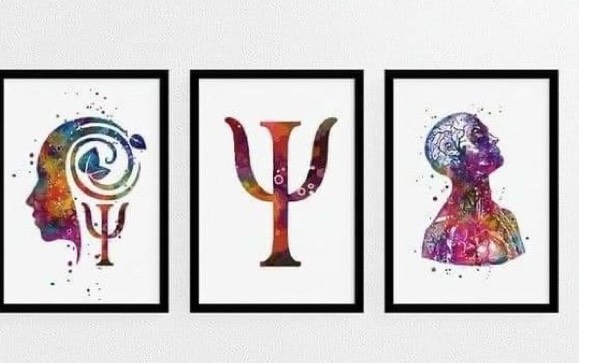
## Pattern Recognition and Symbolic Understanding
Interpreting and analyzing art requires cognitive processes such as pattern recognition and
symbolic understanding. Artworks often contain visual patterns, motifs, and symbols that convey
deeper meanings and messages. By deciphering these patterns and symbols, we engage in a
process of symbolic understanding, where we connect visual elements to abstract concepts and
emotions. This cognitive exercise enhances our ability to recognize patterns and symbols in
other contexts, such as language, mathematics, and problem-solving.
In conclusion, art and cognitive processes are intricately intertwined. Engaging with art
stimulates various cognitive processes, including perception, attention, memory, and creativity.
By immersing ourselves in the world of art, we enhance our critical thinking, problem-solving
skills, and imagination. The interpretation and analysis of art require cognitive processes such
as pattern recognition and symbolic understanding, further enriching our cognitive abilities. So,
the next time you appreciate a piece of art, remember that you are not only enjoying its
aesthetic beauty but also nurturing your cognitive development.
# A Journey into the Human Mind and Creative Expression
Art is a powerful form of human expression that has captivated and fascinated us for centuries.
From cave paintings to intricate sculptures, art has served as a medium for communication,
storytelling, and self-expression. But what lies beneath the surface of these artistic creations?
What secrets does the human mind hold when it comes to creativity and the artistic process?
Join us on a journey into the depths of the human mind and the wonders of creative expression.
## The Intricacies of the Human Mind
The human mind is a complex and mysterious entity. It is the birthplace of ideas, emotions, and
imagination. Within its depths lie the seeds of creativity waiting to be nurtured and brought to
life. But how does the mind generate these creative sparks? What processes occur within our
brains when we engage in artistic endeavors?
## Unleashing the Creative FlowWhen we enter a state of creative flow, time seems to stand still. Our minds become fully
absorbed in the act of creation, and the outside world fades into the background. This state of
heightened focus and concentration allows our thoughts and ideas to flow freely, unencumbered
by self-doubt or judgment.
## The Role of Emotions in Artistic Expression
Emotions play a crucial role in artistic expression. They fuel our creativity and provide a window
into our innermost thoughts and feelings. Artists often draw inspiration from their own emotions,
channeling them into their work to create a powerful and evocative experience for the viewer.
Through art, we can explore the depths of human emotions and connect with others on a
profound level.
## The Power of Symbolism and Metaphor
Artistic expression often relies on symbolism and metaphor to convey meaning. Symbols can
represent abstract concepts, emotions, or societal issues, allowing artists to communicate
complex ideas in a visual and visceral way. By tapping into the collective unconscious, artists
can create works that resonate with audiences across time and cultures.
## Art as a Mirror of Society
Art has always been a reflection of the society in which it is created. Artists have the power to
challenge norms, question authority, and provoke thought through their work. From political
cartoons to provocative installations, art has the ability to ignite social change and spark
conversations about important issues. It serves as a mirror through which we can examine
ourselves and the world around us.
## Art Therapy: Healing through Creativity
Beyond its role as a form of expression, art also has therapeutic benefits. Art therapy is a
powerful tool that harnesses the healing properties of creativity to promote emotional well-being
and personal growth. Through art, individuals can explore and process their emotions, gain
insight into their thoughts and behaviors, and find solace in the act of creation.
## The Limitless Potential of Creative Expression
Creativity knows no boundaries or limitations. It is a force that can transcend language, culture,
and time. Whether it’s through painting, music, dance, or any other artistic medium, creative
expression allows us to tap into our inner selves and connect with something greater than
ourselves. It is a journey of self-discovery, personal growth, and the exploration of the human
experience.
## ConclusionAs we delve into the depths of the human mind and creative expression, we uncover a world of
infinite possibilities. Art serves as a window into our souls, allowing us to express our deepest
thoughts and emotions. It is a powerful tool for communication, self-reflection, and healing. So
let us embark on this journey together, exploring the mysteries of the human mind and the
wonders of creative expression. Through art, we can truly understand what it means to be
human. # Art and Cognitive Processes
Engaging with art goes beyond mere visual appreciation; it also stimulates various cognitive
processes that contribute to our overall mental development. From perception and attention to
memory and creativity, art has the power to enhance critical thinking, problem-solving skills, and
imagination. Furthermore, the interpretation and analysis of art require cognitive processes such
as pattern recognition and symbolic understanding. In this article, we will explore how art
influences these cognitive processes and why it is essential for our cognitive development.
## Perception and Attention
When we engage with art, our perception and attention are heightened. Artworks often contain
intricate details, colors, and compositions that capture our attention and require us to observe
and analyze them closely. By focusing on these details, our perceptual abilities are sharpened,
allowing us to notice subtleties and nuances that we might have overlooked otherwise.
Moreover, art can challenge our perception by presenting unconventional or abstract
representations, forcing us to think beyond our usual frameworks and expand our cognitive
horizons.
## Memory
Art has a unique ability to evoke memories and emotions. Certain artworks can trigger personal
associations and memories, transporting us back to specific moments in our lives. This
connection between art and memory is not only nostalgic but also beneficial for our cognitive
processes. By engaging with art that resonates with our memories, we exercise our memory
retrieval and consolidation abilities. Additionally, art can serve as a mnemonic device, helping us
remember historical events, cultural symbols, and artistic movements.
## Critical Thinking and Problem-Solving
Art encourages critical thinking by challenging us to analyze and interpret its meaning and
symbolism. When faced with a piece of art, we are prompted to think critically about its
composition, subject matter, and the artist’s intention. This process involves evaluating different
perspectives, considering historical and cultural contexts, and making informed judgments. By
engaging in this critical thinking process, our problem-solving skills are honed, as we learn to
approach complex situations with an open mind and a willingness to explore multiple
possibilities.## Imagination and Creativity
Art is a powerful catalyst for imagination and creativity. When we engage with art, we are
exposed to new ideas, perspectives, and possibilities. This exposure stimulates our imagination,
allowing us to envision alternative realities and explore uncharted territories. Artistic expression
also encourages us to think creatively, as we are inspired to experiment with different mediums,
techniques, and styles. By nurturing our imagination and creativity through art, we develop the
ability to think outside the box and find innovative solutions to problems in various aspects of
our lives.
## Pattern Recognition and Symbolic Understanding
Interpreting and analyzing art requires cognitive processes such as pattern recognition and
symbolic understanding. Artworks often contain visual patterns, motifs, and symbols that convey
deeper meanings and messages. By deciphering these patterns and symbols, we engage in a
process of symbolic understanding, where we connect visual elements to abstract concepts and
emotions. This cognitive exercise enhances our ability to recognize patterns and symbols in
other contexts, such as language, mathematics, and problem-solving.
In conclusion, art and cognitive processes are intricately intertwined. Engaging with art
stimulates various cognitive processes, including perception, attention, memory, and creativity.
By immersing ourselves in the world of art, we enhance our critical thinking, problem-solving
skills, and imagination. The interpretation and analysis of art require cognitive processes such
as pattern recognition and symbolic understanding, further enriching our cognitive abilities. So,
the next time you appreciate a piece of art, remember that you are not only enjoying its
aesthetic beauty but also nurturing your cognitive development.







